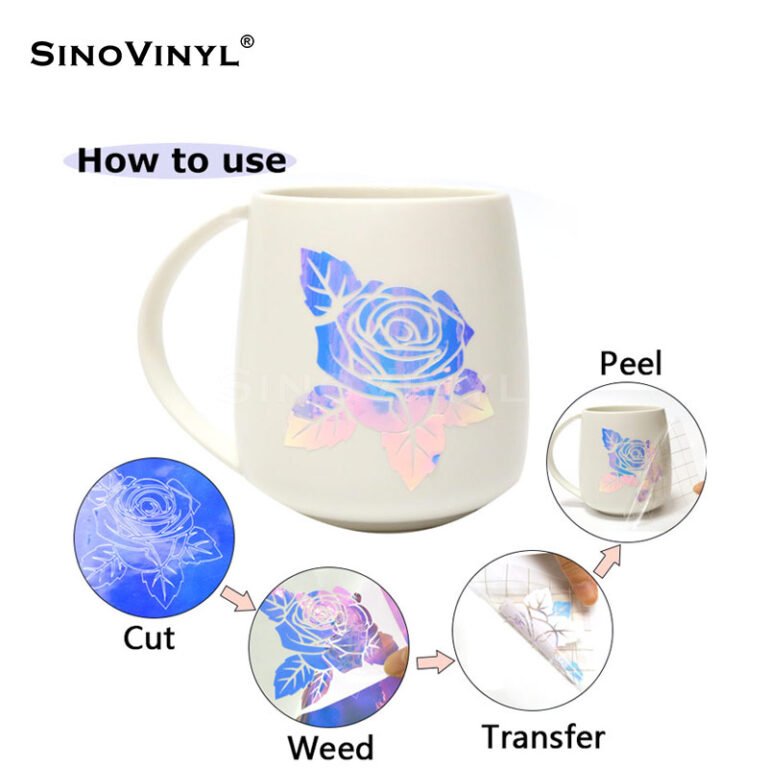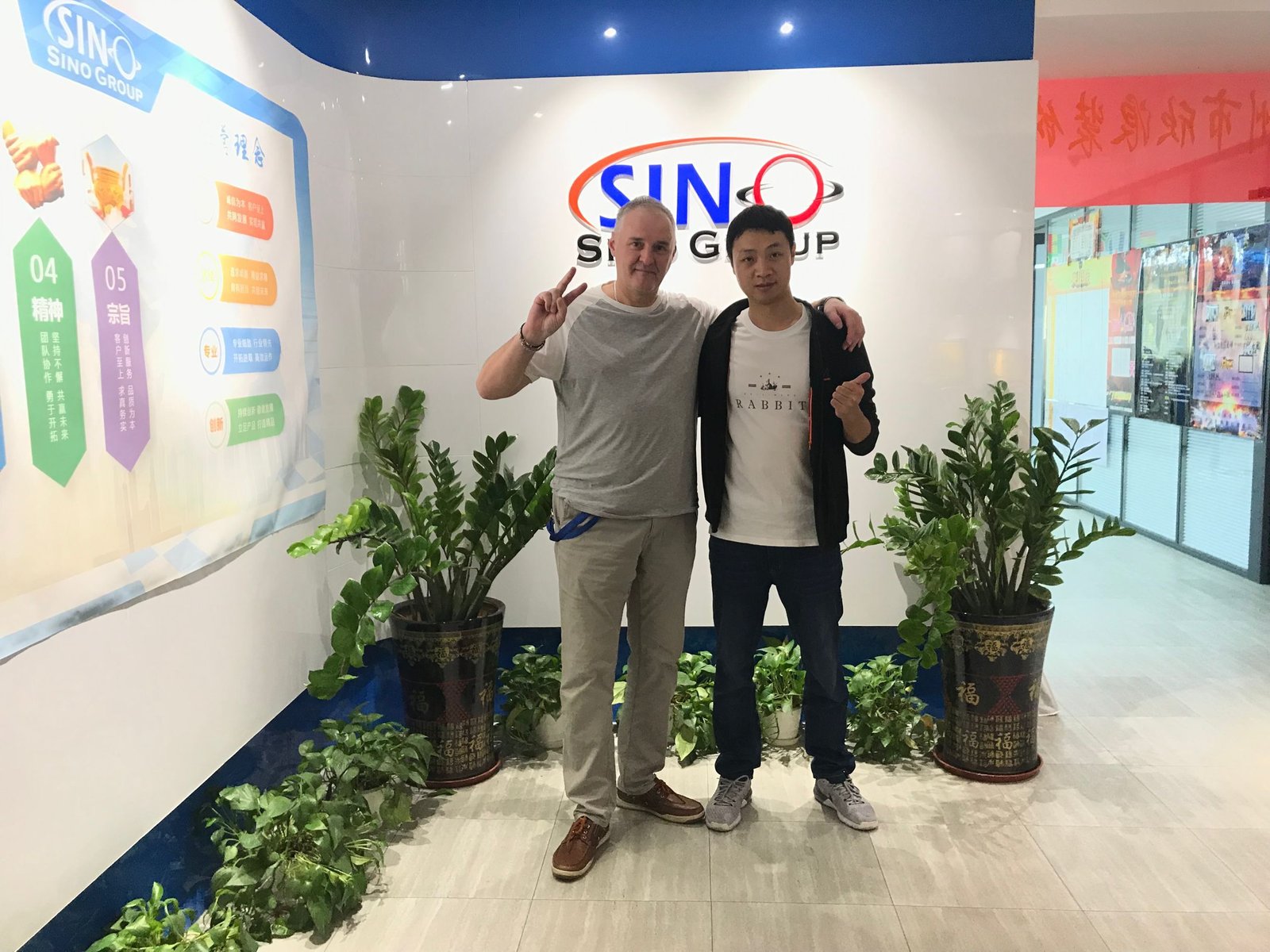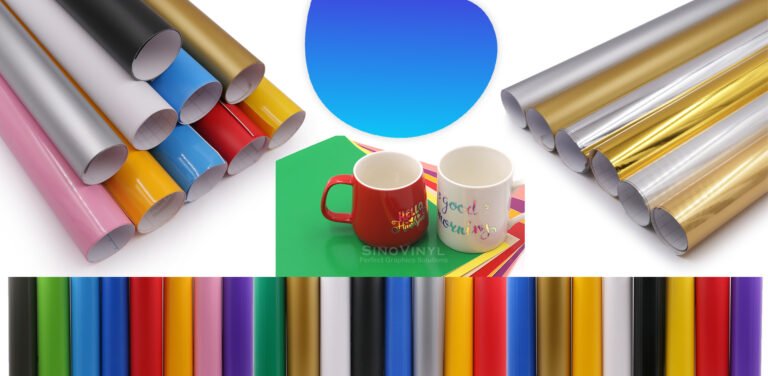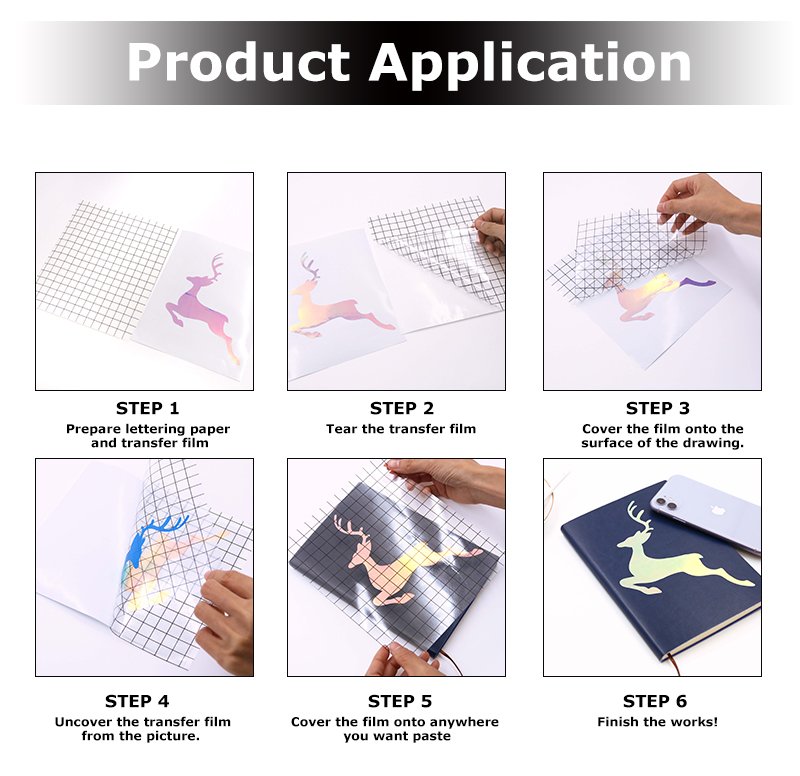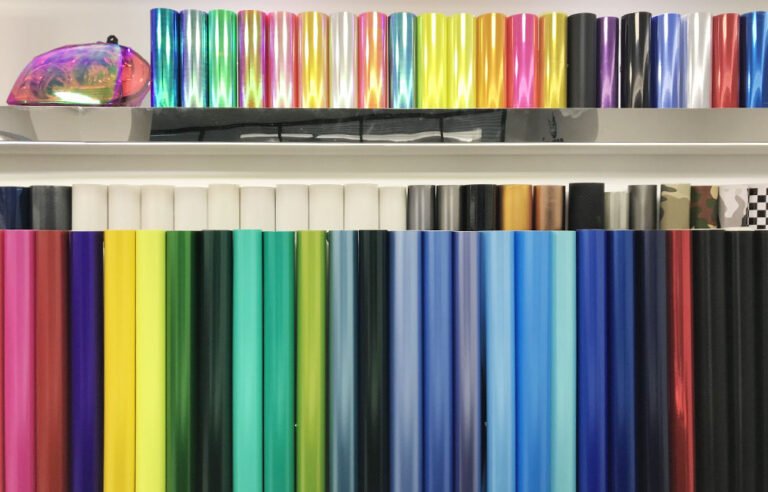Crafting Dreams: How Vinyl Cutting Machines Transform Designs into Reality
Here are descriptions of different types of vinyl cutting machines along with a comparison of their features, benefits, and limitations:
1. Manual Vinyl Cutting Machines
– Features: These machines require physical force to operate. They typically consist of a lever mechanism that you pull down to cut the vinyl. They are simple and straightforward to use.
– Benefits: Affordable, portable, and don’t require electricity. Great for basic cutting tasks and small-scale projects.
– Limitations: Limited cutting precision, not suitable for intricate designs, and require physical effort.
2. Electronic Vinyl Cutting Machines
– Features: These machines are automated and powered by electricity. They connect to a computer or mobile device and can be controlled using software. They use a motorized blade to cut through the vinyl.
– Benefits: More precise cuts, capable of intricate designs, versatile for various materials, and often come with software for design flexibility.
– Limitations: Initial cost can be higher than manual machines, may have a learning curve with software usage.
3. Computer-Controlled Cutting Plotters
– Features: These are advanced electronic machines that can cut intricate designs at larger scales. They often feature advanced tracking systems and can be integrated into production workflows.
– Benefits: Extremely precise cuts, capable of handling large projects, ideal for commercial applications, and can cut a wide range of materials.
– Limitations: Higher initial cost, require space, and might have a steeper learning curve, especially for industrial-grade machines.
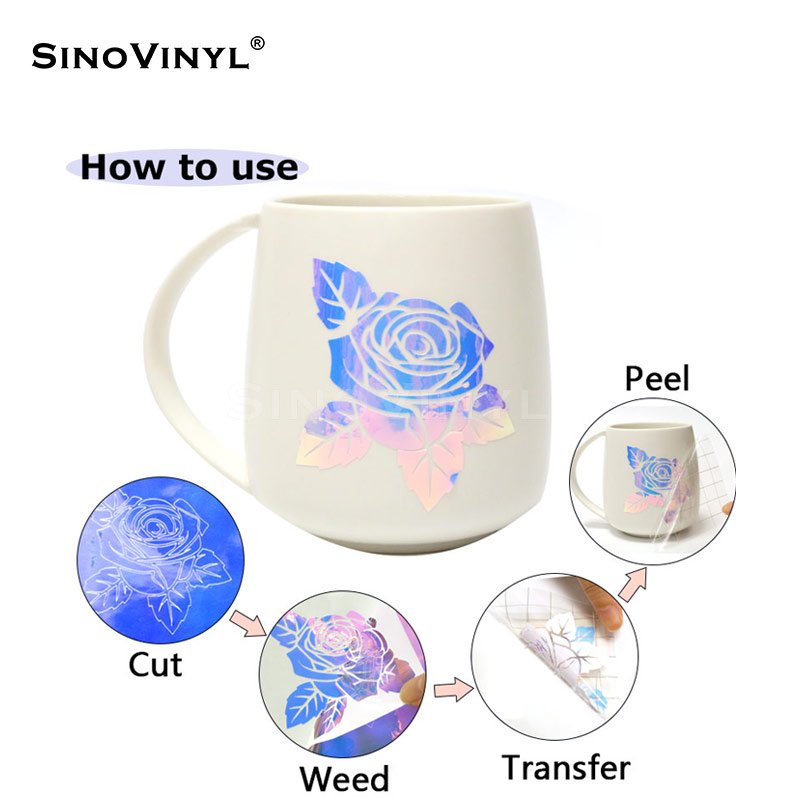
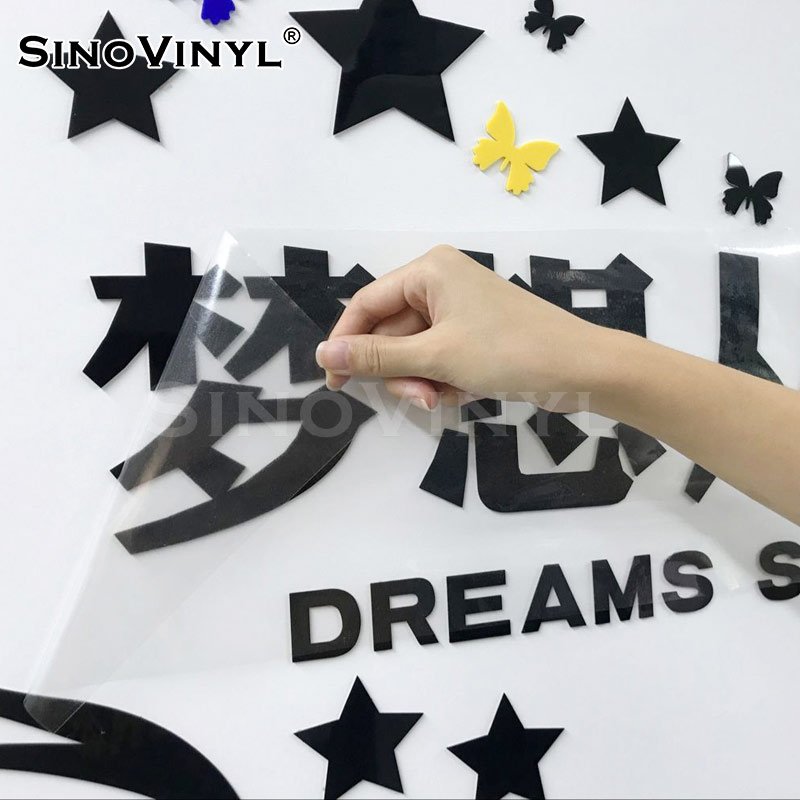

4. Craft vs. Commercial Cutters
– Craft Cutters (e.g., , Silhouette): Designed for hobbyists and small projects. Generally more affordable and user-friendly, but may have limitations in terms of cutting size and material compatibility.
– Commercial Cutters (e.g., Roland, Graphtec): Geared towards professional and industrial use. Offers higher cutting speed, precision, and durability, but can be more expensive and require more technical expertise.
5. Flatbed Cutting Systems
– Features: These machines have a flat cutting surface where materials are placed. They are used for various materials beyond vinyl, like foam, leather, and textiles. They can cut and score materials with precision.
– Benefits: Versatility in cutting a wide range of materials, high precision, and often feature advanced tools like oscillating knives and creasing tools.
– Limitations: Larger physical footprint, higher cost, and may require specific training for optimal use.
6. Laser Cutting Machines with Vinyl Capability
– Features: These machines use laser technology to cut through materials, including vinyl. They offer high precision and are often used for intricate designs and prototypes.
– Benefits: Exceptional precision, ability to cut intricate designs with fine details, and compatibility with various materials.
– Limitations: Can be expensive, not all laser machines are suitable for vinyl cutting due to potential fumes and material interactions.
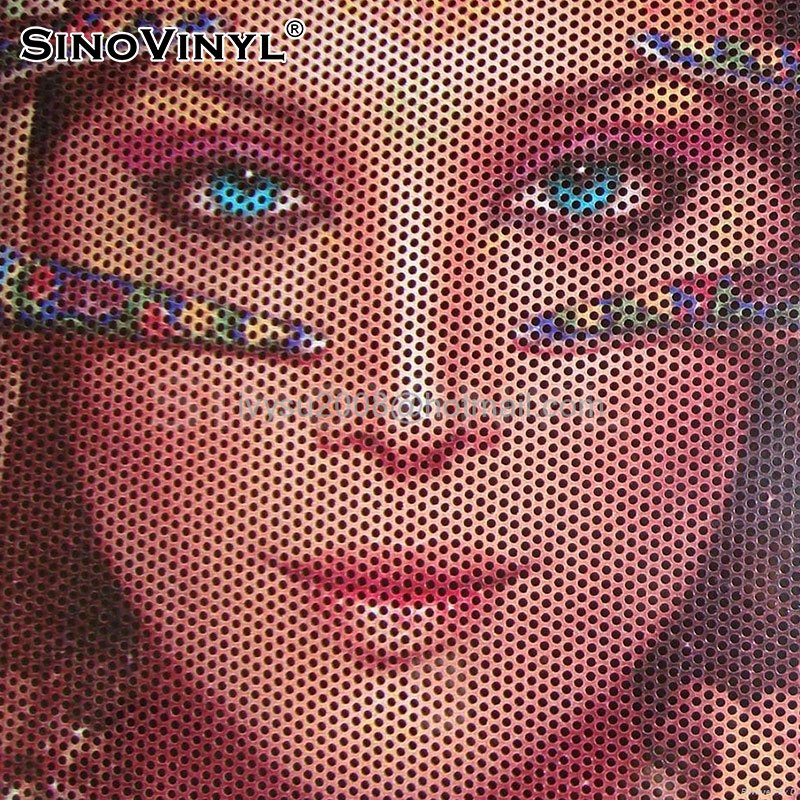
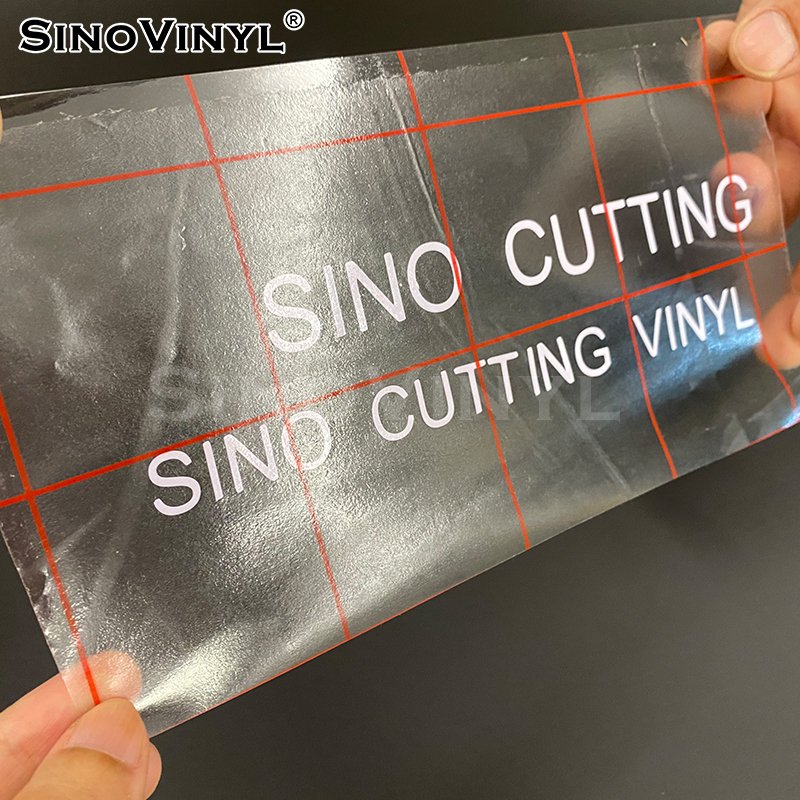

Final Words
In summary, the choice of vinyl cutting machine depends on your specific needs and budget. Manual machines are suitable for beginners and small projects, electronic machines offer precision and versatility, computer-controlled plotters are ideal for professionals and large-scale projects, and specialized systems like laser cutters and flatbed systems offer unique capabilities but may come with higher costs and complexities.

